A few weeks ago a big story about dolphins beset the net. Not just dolphins; rather "bisexual dolphins", "gay dolphins" and "gang rapist dolphins". With just the right juxtaposition of sexual taboo and a charismatic animal, the story got the kind of global media coverage that whets a PR consultant's dreams.
But Richard Connor and his collaborators whose work the story described weren't cracking open the champagne. They had reported an uncontroversial (but important) finding that bottlenose dolphin societies are "open" -- lacking rigidly defined boundaries between group territories. They also found that both males and females were likely to settle as adults quite near to where they were born and raised.
At the time, I wrote a column (and my colleague Stephen Hamblin wrote a better blog post) about how this international breaking story wasn't really a story at all.
As Hamblin put it:
If the 'writers' of these articles had read the paper, they would have noticed that it contains nothing about the sexual behaviour of the dolphins they studied, bisexual or otherwise, aside from brief mentions of the possible consequences of social networks on reproductive success. It certainly didn't mention anything about bisexual behaviour, homosexual behaviour, or rape.
The whole circus arose from a misconstrual of a simple phrase in the paper: "bisexual philopatry."
As my UNSW colleague and one of the study's authors, Professor Bill Sherwin, told me at the time, "'bisexual philopatry' ... when translated out of jargon means "males stay near where they were born, AND females stay near where they were born" -- nothing more or less than that.
But the word 'bisexual' was too good to pass up. It reminded journalists of all the unconventional sexual shennaniganizing for which male dolphins have long earned infamy. Male dolphins have been known for over half a century to copulate with one another, as well as to self-stimulate against all manner of objects.
Richard Connor and other colleagues showed, almost 20 years ago that male dolphins work in alliances to cut a female off from the pod and coerce her into mating. It's a behaviour that forever associated male dolphins with the human idea of 'gang rape.'
Some news outlets focused mainly on this disturbing aspect of dolphin behaviour. Britain's Daily Telegraph, for example, led with the punchy headline "Dolphins 'resort to rape.'"
- News.com.au: "Male dolphins are bisexual, U.S. scientists claim."
- And according to India's ZEENEWS, "Male dolphins engage in extensive bisexuality."
This kind of extrapolation has become rather common of late, including among scientists. The influential ecologist Joan Roughgarden wrote an entire book, Evolution's Rainbow, drawing attention to the diversity of sex roles and gender relations in the animal kingdom.
Roughgarden's perspective was, I can only imagine, shaped by her own transgendered experience. She, and many people in the LGBT community have had to put up with lifetimes of half-baked arguments about their own gender identity or sexuality being 'unnatural.'
But pointing to the diversity of behaviors in the animal world can only take a cause so far.
Certainly there are many animals, including our bonobo cousins, in which homosexual and bisexual intercourse runs perfectly natural riot. And these examples certainly demolish the simplistic claim that homosexuality and bisexuality are completely unnatural.
But one thing evolutionary biologists learn time and again is not to extrapolate narrowly from the way things are to the way they ought to be. The case for tolerance of diversity in sexuality, gender and other aspects of our lives should not depend on whether animals do similar things.
For example, it might be just as easy for homophobes to make an adaptive argument that their homophobia is every bit as natural as the homosexuality they so despise in others (and possibly in themselves).
The other side of the dolphin story illustrates my point. Dolphin bulls behave like gang rapists, harassing solitary females until, exhausted, the female copulates with one or all of the males.
Perhaps the similarities with the most repellent coalitional behavior among men are merely superficial. Perhaps they run deeper than that. That makes a fascinating question to be researched. Sensitively. But no matter what the findings, what dolphin males do in Shark Bay doesn't make that kind of behavior any more acceptable in men.
We can come to understand ourselves and our human motives by observing animals and by studying the evolution of our own species. But the fact that something happens in nature doesn't make it right.
Knowing that some dolphins, penguins and flamingos copulate with members of the same-sex can be a useful fact to turn back on those who decry homosexuality as a crime against nature.
But we also owe one another the dignity of recognizing same-sex human love, lust, jealousy and other emotions on their own, uniquely human terms.